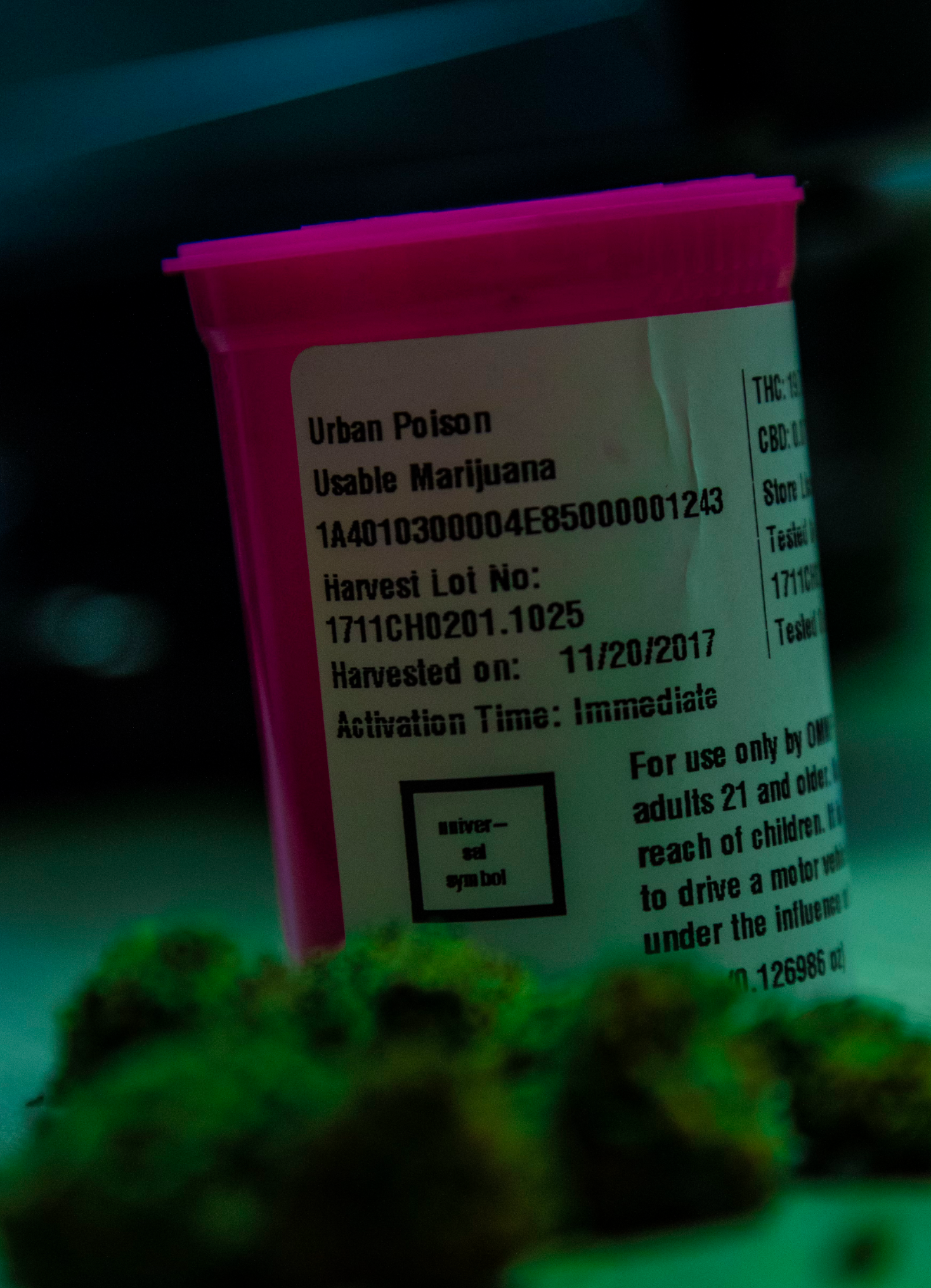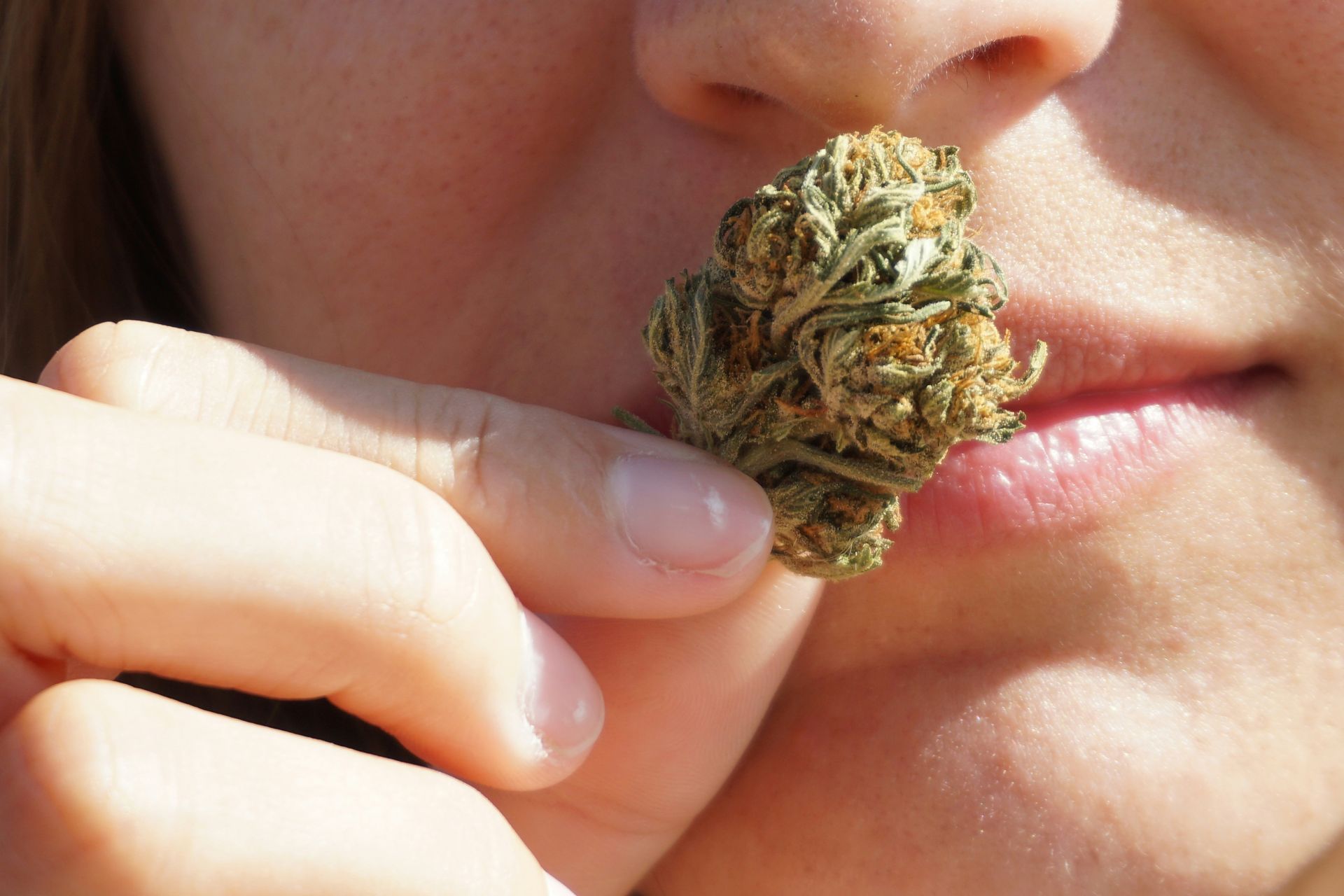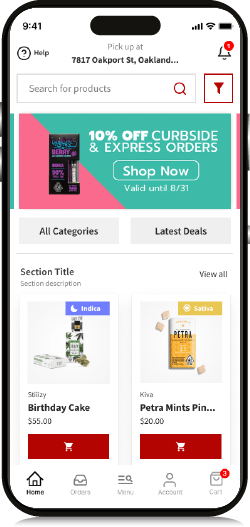
Navigating the world of cannabis can be overwhelming, especially when it comes to understanding product packaging. With an increasing variety of cannabis products available, from flower and concentrates to edibles and topicals, knowing how to read a cannabis package is essential for making informed choices. This guide will walk you through the key elements of cannabis labels, helping you decode THC and CBD levels, ingredients, and usage instructions.
By mastering these basics, you'll ensure you select the right product for your needs and enjoy a safer, more satisfying cannabis experience.
How to Read a Cannabis Package: A Comprehensive Guide
Understanding how to read a cannabis package is crucial for making informed decisions about your purchases. With a variety of products on the market, each with its own unique label, navigating the information can seem daunting. This guide breaks down the essential elements you'll find on a cannabis package to help you choose the right product for your needs. Here are the steps on how to read a cannabis package:
1. Identify the Product Name and Type
Start by noting the product name and type. Cannabis packages often indicate the product category, such as “Sour Diesel Pre-Rolls” or “Blueberry Edible Cannabis Products.” Knowing the form of cannabis and the type of product helps you understand what to expect and how to use it.
2. Review THC and CBD Content
One of the most critical aspects of any cannabis package is the THC content and CBD content. These active cannabinoids are responsible for the effects you'll experience. THC is the psychoactive compound that produces a "high," while CBD is non-psychoactive and often used for therapeutic purposes. The label will display these percentages or milligrams per gram, helping you gauge the cannabinoid content and potency of the product.
3. Examine the Ingredients and Nutrition Facts Table
For edible cannabis products and topicals, check the ingredients and the nutrition facts table. This section provides detailed information about what’s in the product, including additional health warning messages for potential health risks. This is especially important for those with allergies or dietary restrictions.
4. Understand Serving Size and Dosage
Cannabis packages, particularly for edibles and tinctures, will include serving size and dosage instructions. This helps you manage your intake effectively. For instance, an edible may indicate that one serving contains 10 mg of THC, guiding you on how much to consume.
5. Look for Lab Testing Information
Reputable cannabis products will include lab testing information. Look for a Certificate of Analysis (COA) or similar documentation verifying the product has been tested for contaminants and meets quality standards. This ensures the product complies with labelling requirements and contains the listed active cannabinoid levels.
6. Check Expiration Dates and Container Sizes
Cannabis products have a shelf life, so always check the expiration date to ensure freshness and potency. Additionally, review the container sizes to understand how much product you are purchasing and how long it may last.
7. Review Usage Instructions and Warnings
Always read the usage instructions and any health warning messages provided on the package. This section offers guidance on safe usage and includes yellow health warnings about potential health risks. For example, it might include advice on dosage, storage, and any possible side effects.
8. Verify Legal Compliance
Ensure the product package features a colored cannabis excise stamp and legal cannabis product labels to confirm it meets local regulations. This ensures you are purchasing from licensed producers and that the product adheres to legal cannabis product labeling requirements.
By following these steps, you'll be better equipped to interpret the information on cannabis packages and make informed choices that suit your preferences and needs. Understanding each element of the label, including active cannabinoids, cannabinoid content, and potential health risks, helps ensure a safer and more enjoyable cannabis experience.
Decoding THC and CBD Levels, Ingredients, and Usage Instructions
Understanding THC and CBD levels, ingredients, and usage instructions is essential for making informed decisions when selecting cannabis products. Here's a closer look at how to decode these critical components on cannabis packaging:
1. THC and CBD Levels
THC (Tetrahydrocannabinol): THC is the psychoactive component in cannabis responsible for the euphoric "high." Labels typically show THC content as a percentage or in milligrams per gram. For example, a label might state "THC: 20%" or "THC: 200 mg/g." Higher THC levels usually indicate a stronger psychoactive effect.
CBD (Cannabidiol): CBD is non-psychoactive and often used for its potential therapeutic benefits. Labels will indicate CBD content similarly to THC, either as a percentage or in milligrams per gram. For instance, "CBD: 5%" or "CBD: 50 mg/g" shows the product's cannabidiol levels. Products with higher CBD are generally chosen for their calming or therapeutic effects without a high.
2. Ingredients
Cannabis Components: Ingredients in cannabis products, especially edibles and topicals, will list all the components used. Look for terms like "cannabis extract," "distillate," or "full-spectrum extract" to understand the type of cannabis used.
Additional Ingredients: For edibles, the ingredients list will include all non-cannabis components such as sugars, flavorings, preservatives, and other additives. This is crucial for those with allergies or dietary restrictions. For topicals, ingredients might include carriers, essential oils, and other skincare additives.
Nutrition Facts Table:Edible cannabis products will often include a nutrition facts table, providing information on caloric content, fats, sugars, and other nutritional details. This helps you understand the product's dietary impact.
3. Usage Instructions
Serving Size: The label will provide recommended serving sizes, which is critical for edibles and tinctures. For example, an edible might indicate that one serving is equivalent to one piece or a certain number of milligrams of THC. Adhering to these instructions helps manage your dosage effectively.
Dosage Recommendations: For tinctures and oils, dosage instructions might include the number of drops or milliliters to consume. It’s important to start with a lower dose and adjust based on personal tolerance and desired effects.
Application Instructions: For topical products, instructions will guide you on how to apply the product, including the amount to use and how frequently. This ensures you use the product effectively and safely.
4. Safety and Storage
Storage Guidelines: The label may provide storage recommendations to maintain the product’s potency and freshness, such as keeping it in a cool, dry place or refrigerating it.
Health Warnings: Look for any health warnings on the label, which might include potential side effects or interactions with other medications. This helps you make safe choices and avoid adverse effects.
By carefully examining THC and CBD levels, ingredients, and usage instructions, you can better understand the product and its effects. This knowledge helps ensure that you use cannabis products effectively and safely, tailored to your personal needs and preferences.
Conclusion:
Decoding cannabis packaging is essential for selecting the right product and ensuring a safe and enjoyable experience. By understanding THC and CBD levels, ingredients, and usage instructions, you can make informed choices that align with your preferences and needs.
Remember to check for lab testing information, expiration dates, and legal compliance to ensure product quality and safety. Whether you're exploring edibles, tinctures, or topicals, taking the time to read and understand the cannabis package will help you use the product effectively and enhance your overall cannabis experience. Stay informed, use responsibly, and enjoy the benefits of cannabis with confidence.






